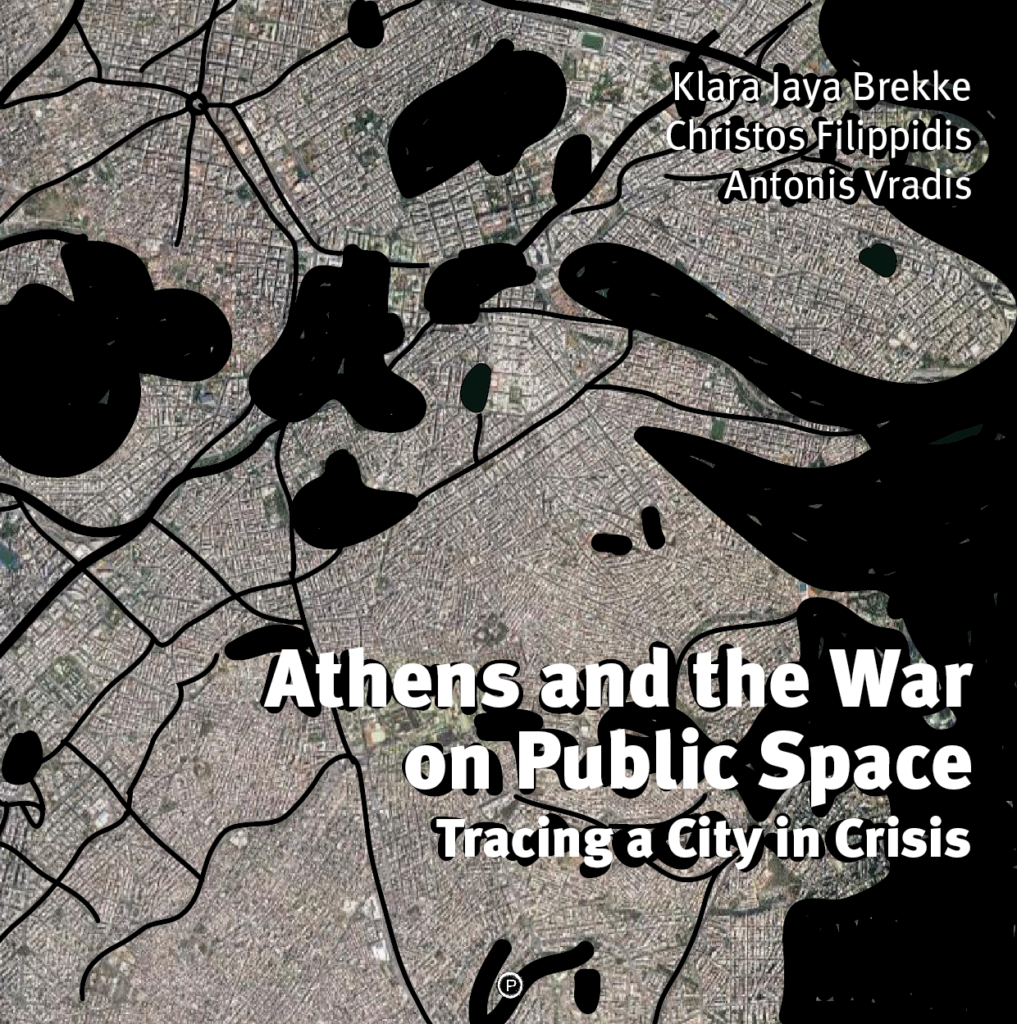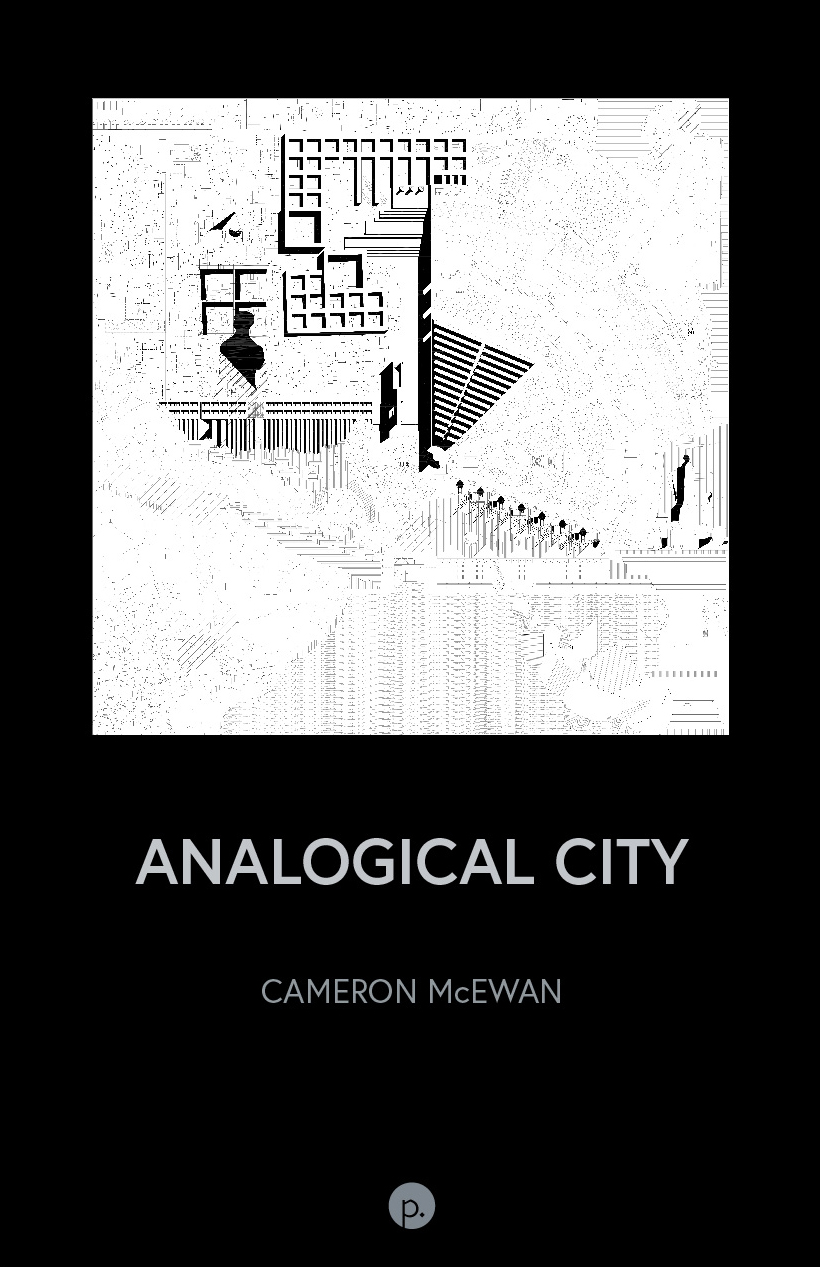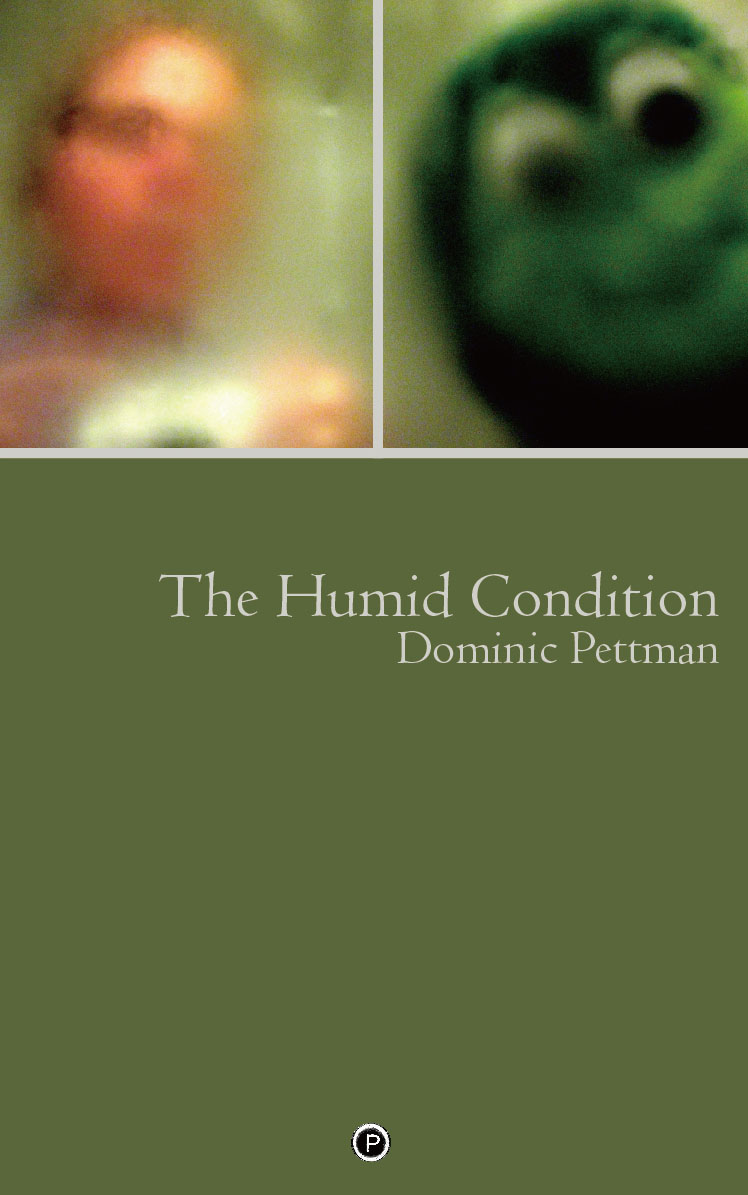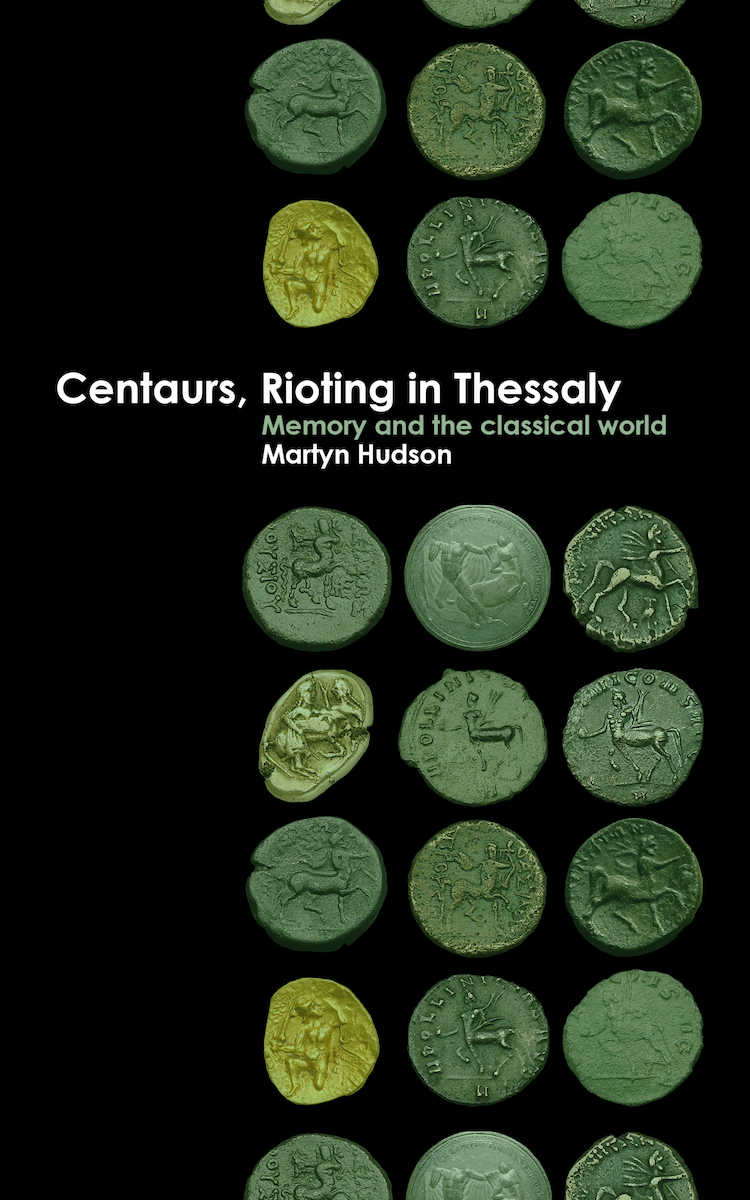Drifting away from an eerily empty avenue, a lonely figure heads downstairs, into a metro station…
Sometimes, the maelstrom of a crisis can be captured in a single image. The image of the mundane, barely noticeable movement of an urban dweller as they go about their everyday life. Athens and the War on Public Space commences from images just like this one, collected over a two-year period of research (2012–2014) in Athens during a time of severe financial and political crisis. For the author-curators of this volume, public space became a light-sensitive surface upon which they could begin to map the material imprints of the most structural and violent characteristics of the crisis, and their research spread in different directions, tracking the role of infrastructure and the shifts the financial crisis brought about upon built environments, the violent manifestations of the official anti-migrant policy, the rise of racism, the imposition of the emergency upon public space, and the phenomenology of mass transit.
Public space can…tell us much about the authority of meaning, how this can only be articulated through lines on the ground, lines that are strict, if often invisible. The aim of this book is not to contribute yet another holistic explanation of the crisis. What it wishes to do is to put these footprints together, to understand how the abstract world of financial jargon and policy places its stamp upon the cityscape of the crisis-hit city par excellence: Athens.
The book first provides a chronological, visual timeline highlighting major events and their impacts on public spaces from the beginnings of the global financial crisis in 2008 until mid-2014. This is followed by an essay by Christos Filippidis, “Biopolitical Narratives against a White Background: Medical Police as City Cartographer,” which analyses the ways in which the collective presence of migrants in Athenian public space was criminalised through policies of informal bans on public gatherings under the pretext of hygienic arguments. In the following chapter, “Mapping Racist Violence,” Klara Jaya Brekke provides an analogue version of the online Crisis-Scape map of incidences of violent racist attacks experienced by migrants in Greece during the crisis. Antonis Vradis contributes two chapters — “The Utter Violence of the Unuttered” and “Metronome” — that reflect, in textual and visual (photographic) modes, on the Athenian metro as a point of departure for revealing and understanding the antagonisms and tensions that grew in this quintessential everyday space as the crisis deepened. In the final chapter, “Performing the State of Emergency,” Christos Filippidis analyses the police attacks launched against squats and occupied social centers in Athens in early 2013, which he argues were attack against specific facets of public space.
Athens and the War on Public Space is a compilation of work done during the larger Crisis-Scape project. The team comprised Klara Jaya Brekke, Dimitris Dalakoglou, Ross Domoney, Christos Filippidis, and Antonis Vradis.







One thought on “Athens and the War on Public Space: Tracing a City in Crisis”